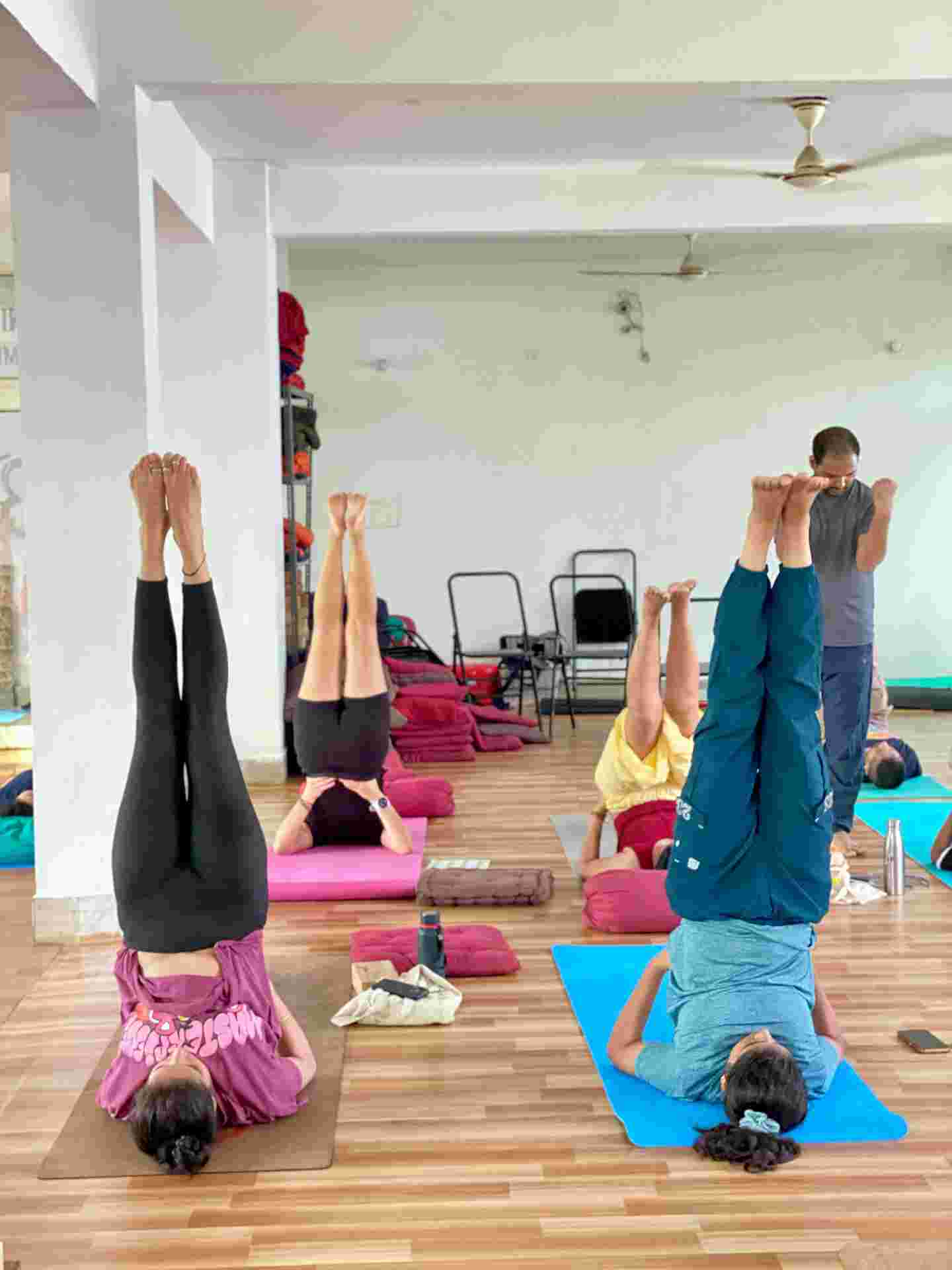Yoga is much more than physical exercise—it is a journey of self-awareness, discipline, and inner transformation. Among the different styles of yoga, Ashtanga Yoga holds a special place. Known for its structured sequence, focus on breath, and meditative flow, Ashtanga is a practice that strengthens the body while calming the mind.
In this blog, we will explore what Ashtanga Yoga is, its history, benefits, and how you can experience it deeply by joining a Yoga Teacher Training in Rishikesh, the yoga capital of the world.
What is Ashtanga Yoga?
The word “Ashtanga” comes from Sanskrit, meaning “eight limbs.” It refers to the eightfold path of yoga described by sage Patanjali in the Yoga Sutras. These eight limbs are:
-
Yama – moral codes
-
Niyama – self-discipline
-
Asana – physical postures
-
Pranayama – breath control
-
Pratyahara – withdrawal of senses
-
Dharana – concentration
-
Dhyana – meditation
-
Samadhi – union with the self
When we speak of modern Ashtanga Yoga practice, it usually refers to the dynamic system developed by Sri K. Pattabhi Jois, which follows a set sequence of postures linked with breath and movement (vinyasa).
The Practice of Ashtanga Yoga
Ashtanga Yoga is taught in a sequence, starting with the Primary Series, followed by the Intermediate Series, and then advanced levels. Each series builds strength, flexibility, and awareness.
-
Primary Series (Yoga Chikitsa / Yoga Therapy): Focuses on detoxifying and aligning the body.
-
Intermediate Series (Nadi Shodhana): Works on purifying the nervous system and strengthening the subtle body.
-
Advanced Series (Sthira Bhaga): Builds extraordinary strength, stamina, and inner steadiness.
A key feature of Ashtanga is the synchronization of breath (ujjayi pranayama) with movement, known as vinyasa. Every movement has a breath attached to it, turning the practice into a moving meditation.
Benefits of Ashtanga Yoga
-
Builds Strength and Flexibility – The repetitive flow tones muscles and improves overall flexibility.
-
Improves Focus – The combination of breath, gaze (drishti), and movement creates deep concentration.
-
Detoxifies the Body – Heat generated in practice helps release toxins.
-
Promotes Discipline – Since the sequence is fixed, regular practice builds strong self-discipline.
-
Balances Mind and Emotions – Meditation in motion helps reduce stress and anxiety.
Ashtanga Yoga and Spiritual Growth
Unlike gym workouts, Ashtanga is not just physical. The eight limbs remind us that yoga is about ethical living, breath awareness, meditation, and ultimately connecting with our higher self. Over time, practitioners experience more patience, self-control, and clarity of mind.
Why Learn Ashtanga Yoga in Rishikesh?
Rishikesh is often called the Yoga Capital of the World. Nestled in the foothills of the Himalayas along the sacred river Ganga, it provides the perfect environment for learning yoga. The peaceful surroundings, spiritual atmosphere, and guidance of experienced teachers make it ideal for serious yoga seekers.
By joining a Yoga Teacher Training in Rishikesh, you can experience Ashtanga Yoga in its most authentic form. The structured training allows you to not only practice but also understand the philosophy, anatomy, and teaching methodology behind yoga.
Ashtanga Yoga Teacher Training in Rishikesh
Many yoga schools in Rishikesh, including renowned institutes like Rishikul Yogshala, offer 200 Hour, 300 Hour, and 500 Hour Yoga Teacher Training Courses that include Ashtanga Yoga as a major subject.
During training, you will learn:
-
Daily Ashtanga Practice: Primary Series with proper alignment and adjustments.
-
Pranayama & Meditation: Techniques to control breath and calm the mind.
-
Yoga Philosophy: Deeper understanding of the eight limbs and Patanjali’s Yoga Sutras.
-
Teaching Skills: How to guide students safely and effectively.
-
Anatomy & Physiology: Knowledge of how yoga affects the human body.
At the end of the course, you receive a Yoga Alliance USA certification, which allows you to teach yoga worldwide.
Life-Changing Experience
Practicing Ashtanga Yoga in Rishikesh is not just about learning postures. It is about living yoga—eating healthy sattvic food, meditating by the river Ganga, and connecting with like-minded seekers. Many students describe the experience as transformative, helping them discover their true potential.
Final Thoughts
Ashtanga Yoga is a path of dedication and discipline, but it rewards practitioners with strength, clarity, and inner peace. If you are serious about deepening your practice or want to guide others, a Yoga Teacher Training in Rishikesh is the best way to immerse yourself in this ancient science.
Whether you are a beginner or an advanced practitioner, learning Ashtanga Yoga in the spiritual atmosphere of Rishikesh will be an unforgettable journey of growth and transformation.




